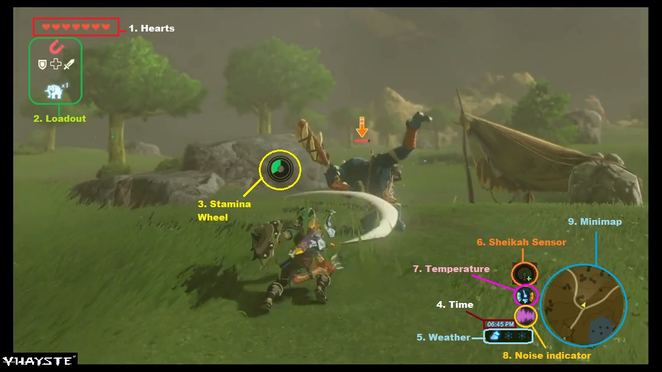Vertices: A point in three-dimensional space
Curves: 3D modelling method which will rely on curves to generate surface geometry.
Edges: Helps define shape but can also be used to transform them
Polygons: these are straight sided shapes made by 3D points and the lines that connect them.
Elements: These are a group of polygons which are connected to each other by the same vertices.
Face: The dace of a shape which will fill in the emptiness between edges.
Primitives: Building blocks of 3D basic shapes such as cubes, pyramids, cones and spheres.
Box modelling is a technique which allows the artist to use a low-resolution primitive, e.g. A cube or sphere and modify the shape by extruding, scaling or rotating the faces and edges, this will allow them to create a rough or somewhat accurate draft of what the final model will look like.
Extruding and scaling is a technique which would allow a person to extrude/scale the face of a shape, which are the flat panels that create the whole model, these techniques are good and simple but lack the overall complexity when you want to create a more complex model which cannot use primitive shapes.
There are three types of constraints in 3D modelling, the first being polygon count, the polygon count is important when making models as the game needs to run and it’s in ‘real time’ which would be a video game. When playing a video game the polygons will render on whatever the player is looking at, this is why in cutscenes the game looks so much better this is because the polygons are pre-rendered. The second constraint is file size, this is important as most games on disk and all the information needs to be compressed onto the disk, however sometimes with technology getting better some games offer both disk with the information on. There are ways to make the file size smaller such as changing the render resolution, or reselect the textures of things in the game or you could use ProOptimizer when playing games. The last constraints is rendering time, this is important too, this is saving the 3D model as a 2D image. Rendering time in 3D modelling can either take seconds or days depending on poly count and how much work there is involved in the model.














